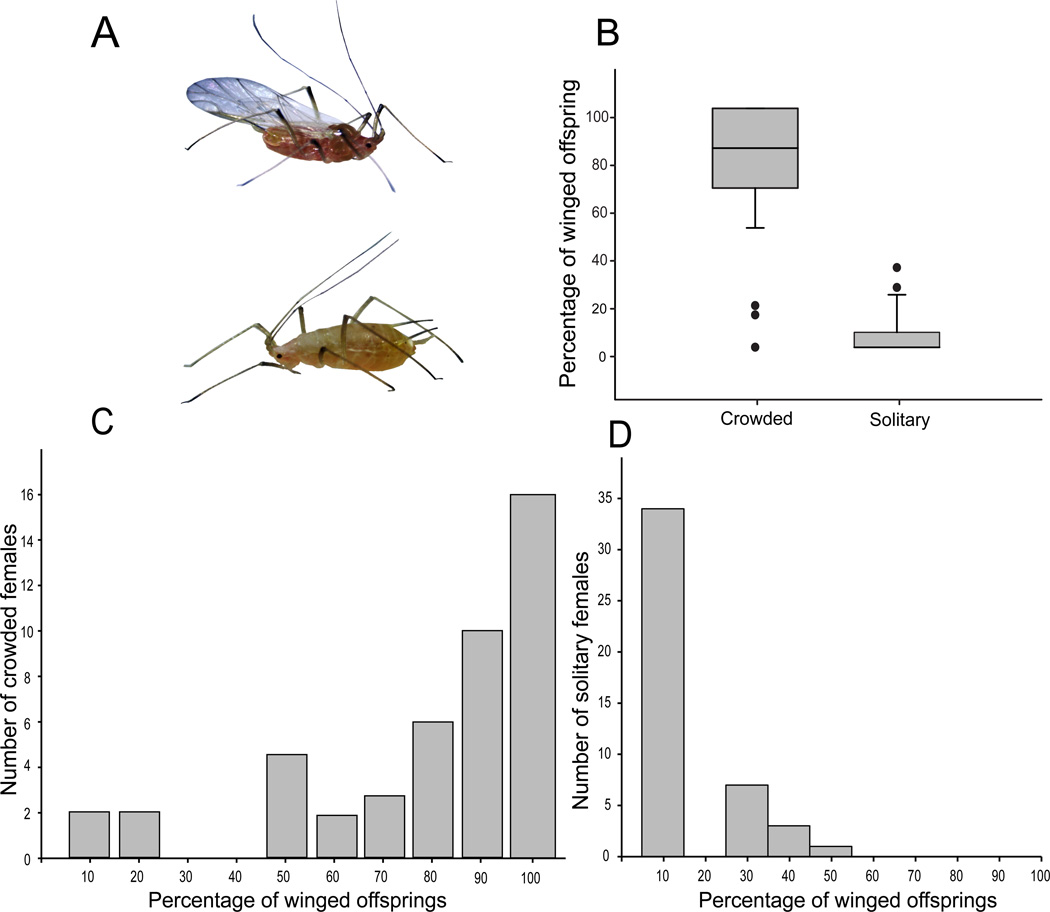Figure 2. Aphids respond to a crowding stimulus by producing a greater percentage of winged offspring.
A) The winged and wingless asexual female aphids exhibit dramatic phenotypic differences. B) The percentage of winged offspring produced in the five hours after 16 hours of a solitary or crowding treatment are significantly different (Mann-Whitney U test P = <0.001). Data shown are the phenotypes of the offspring from 45 aphids, with the crowded aphids treated in groups of 15. Boxes represent the interquartile range and the line the median value of each group. Black circles represent outliers. C) and D) show the production of winged offspring from individual females after 16 hours of crowding (C) or solitary treatment (D). The data used in (B) are the same data used in (C) and (D).

